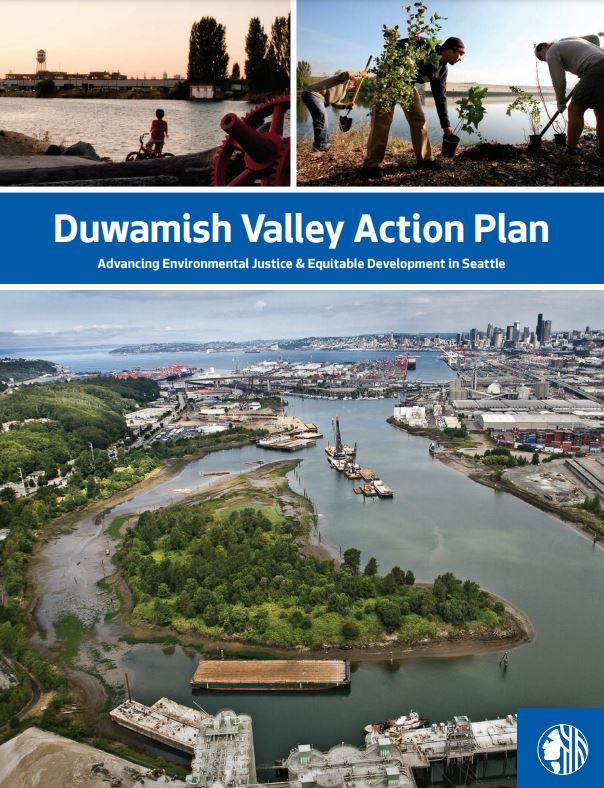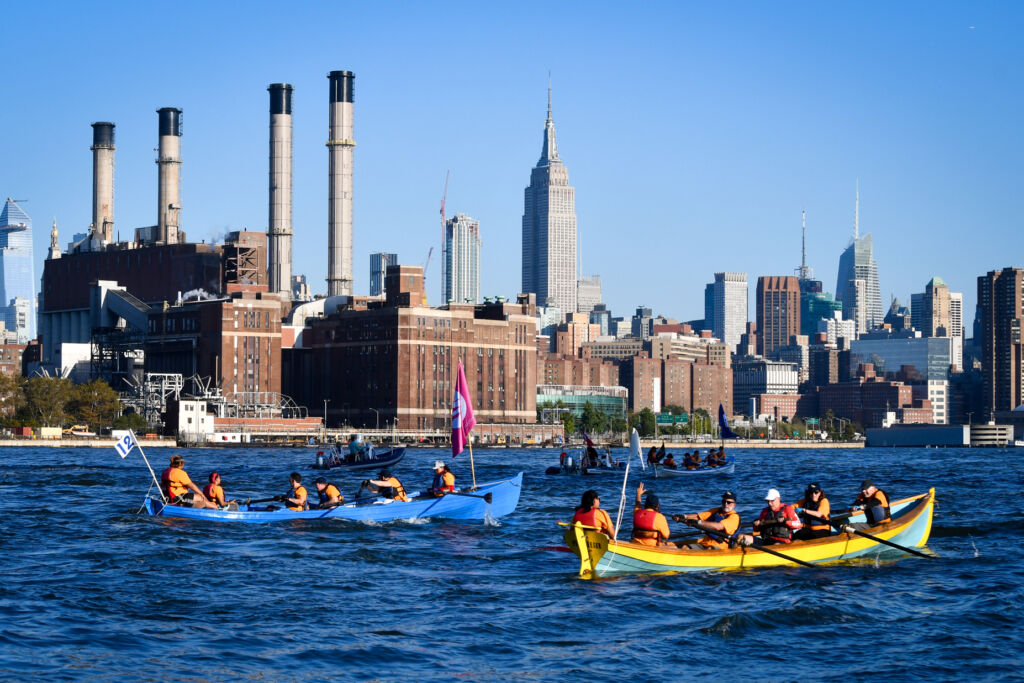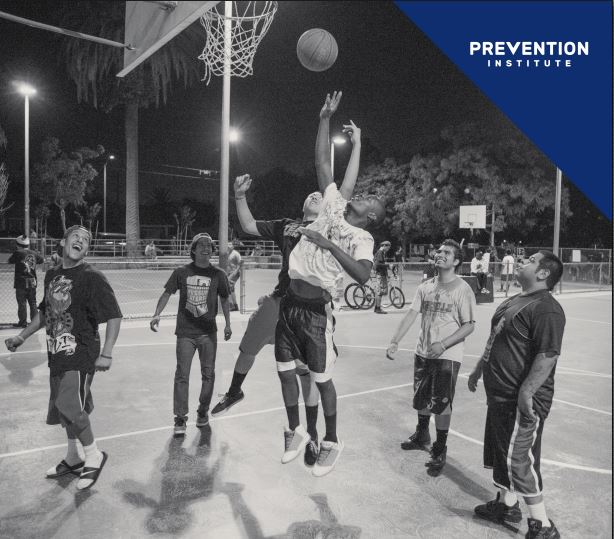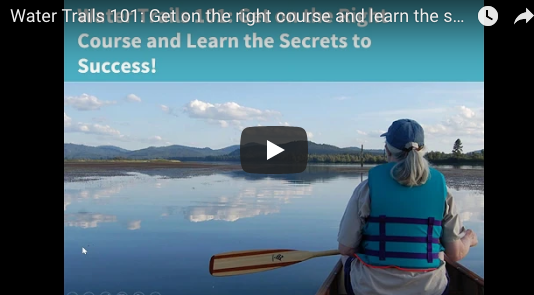public health
July 16, 2021
The City of Seattle, in cooperation with community partners, the Duwamish Valley Action Plan: Advancing Environmental Justice & Equitable Development in Seattle. Priority areas include: Healthy Environment, Parks and Open […]
April 13, 2020
Raising awareness in three Urban Waters Learning Network locations The story map from the Urban Waters Learning Network highlights three unique water quality projects by Groundwork Denver, Heal the Bay, […]
April 3, 2020
With the uncertainty looming about how long COVID-19 physical distancing will last, members of the Urban Waters Learning Network are finding creative ways to keep social connections alive. While we […]
March 9, 2020
With a strong background in youth engagement, Rocking the Boat is a nonprofit organization in the South Bronx that supports kids’ growth through hands-on discovery. What started as a boatbuilding after-school program has grown into a multi-pronged approach for youth empowerment in an environmental justice community.
November 19, 2019
More than two million people in the United States live without running water, basic indoor plumbing and sanitation. To close this water gap, it is first important to understand it. […]
May 28, 2019
In 2015, almost 200 United Nations member countries, including the United States, adopted 17 Sustainable Development Goals, a unanimous commitment to address global issues by improving quality of human life, […]
February 19, 2019
The South Platte River Urban Waters Partnership (SPRUWP) focuses on the headwaters and the Denver metropolitan area, and consists of over seventy organizations, including Federal and state government, municipalities, universities, NGOs and private businesses, all collaborating to address the problems facing the South Platte and improve this vital waterway for current and future generations — as well as those who live downstream of Denver.
February 14, 2019
This resource from the Prevention Institute addresses the question: “What can people working on “healthy community” issues—like active transportation, parks, healthy food, planning, public health, healthcare, and more—do in their […]
January 15, 2019
The guide was prepared by members of the Oregon Health and Outdoors Initiative—the Oregon Public Health Institute and the Willamette Partnership—in collaboration with the Green Infrastructure Leadership Exchange. The guide […]
September 17, 2018
Join the National Water Trails Learning Network to step through the phases of water trail development, discuss the challenges and successes faced when creating and sustaining river access, and dive into a case study of a successful national water trail.










